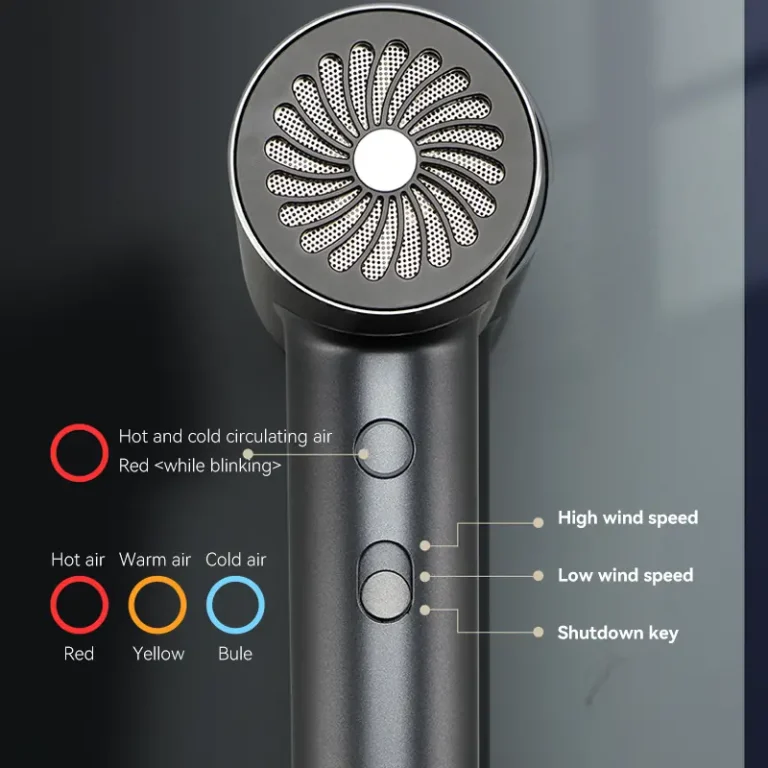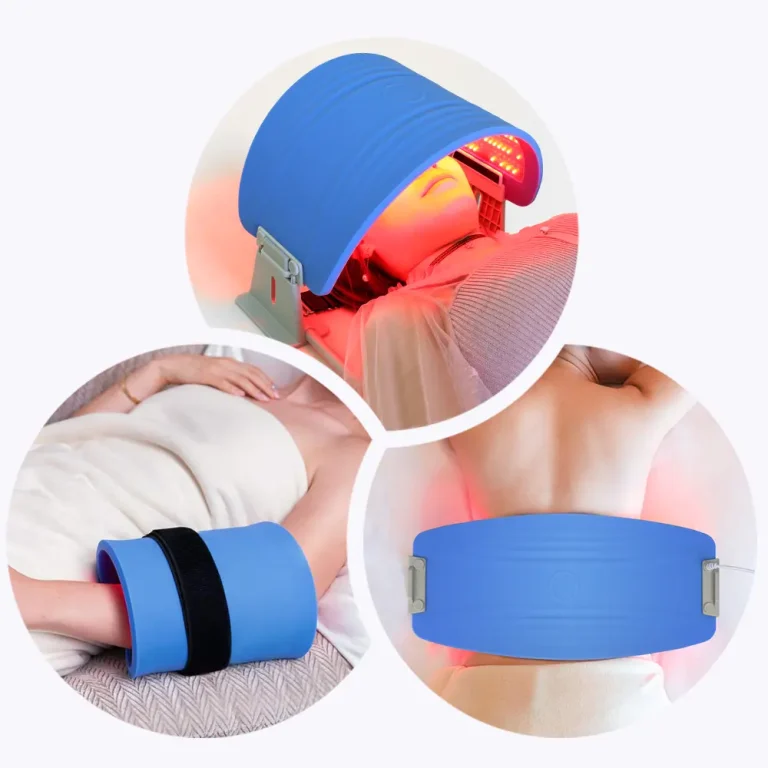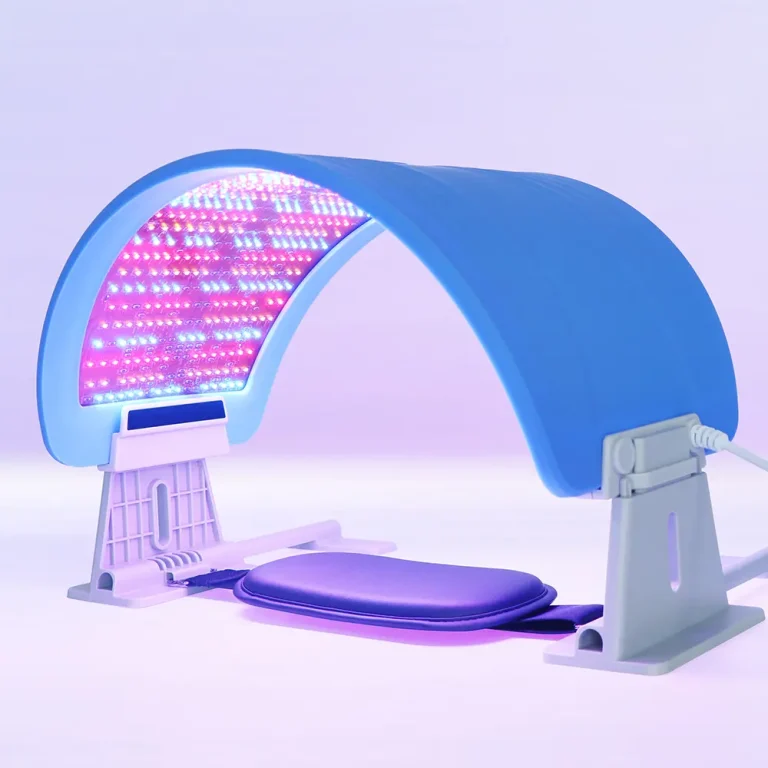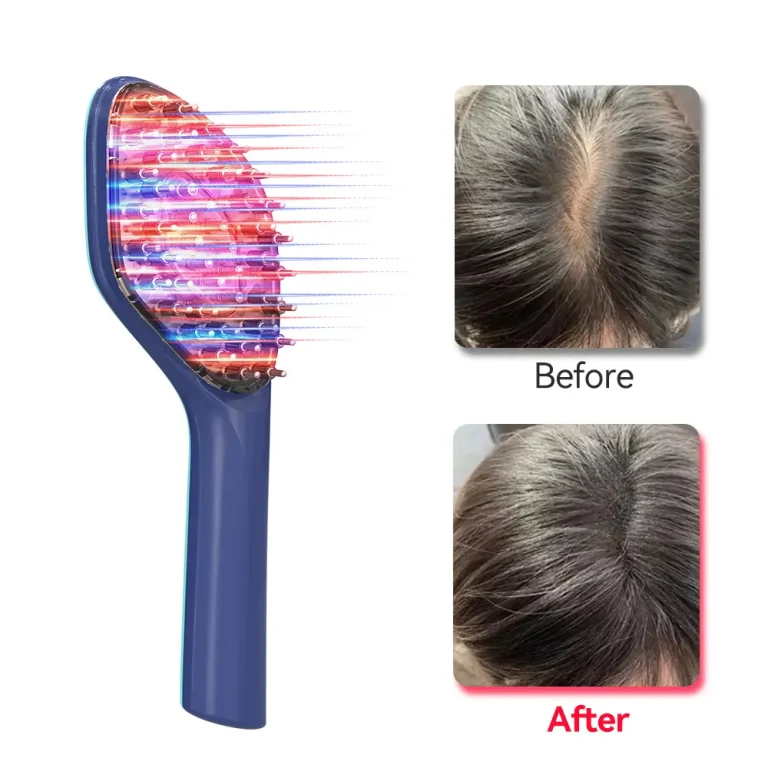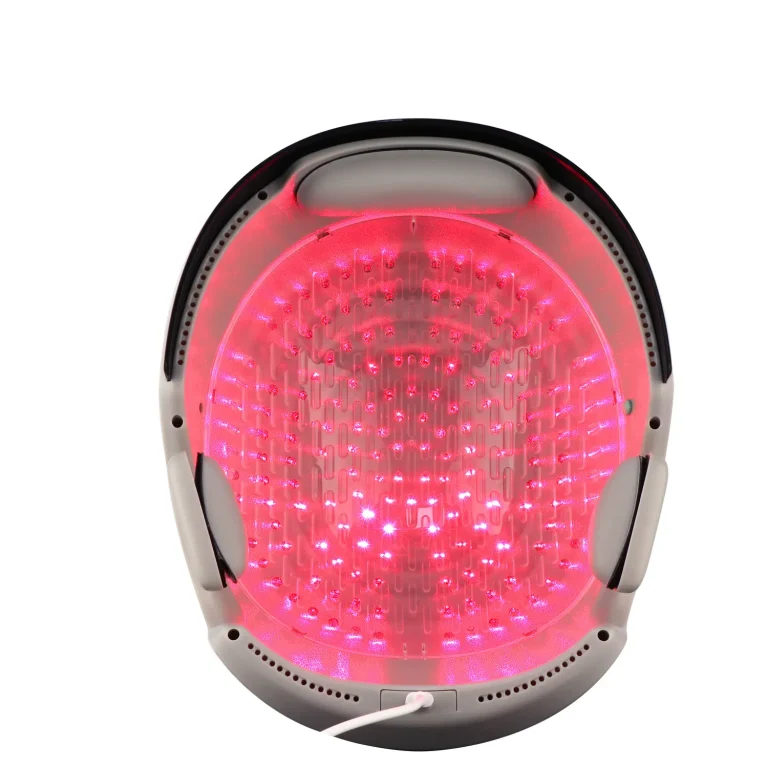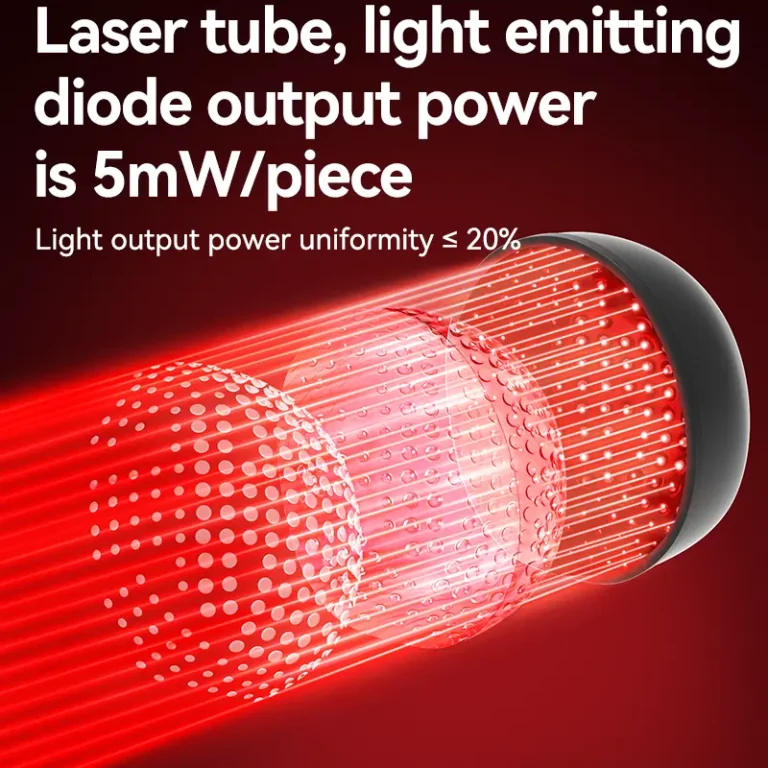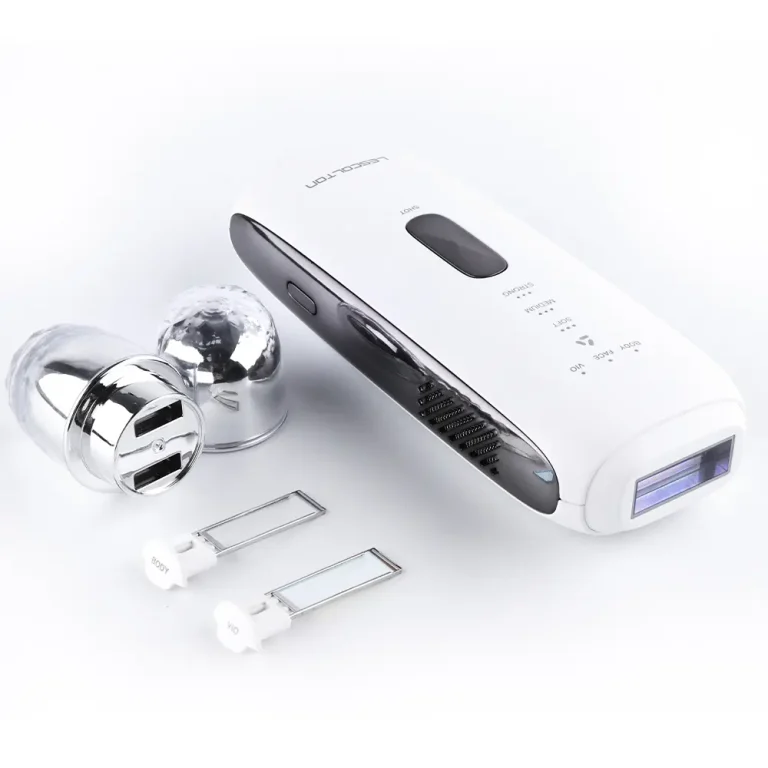Low-Level Laser Therapy (LLLT) has revolutionized various medical fields, offering non-invasive treatments for conditions ranging from chronic pain to hair loss. But how was LLLT developed, and what scientific advancements paved the way for its current applications? This article explores the fascinating journey of LLLT, tracing its roots from unexpected discoveries to becoming a mainstream therapeutic modality.
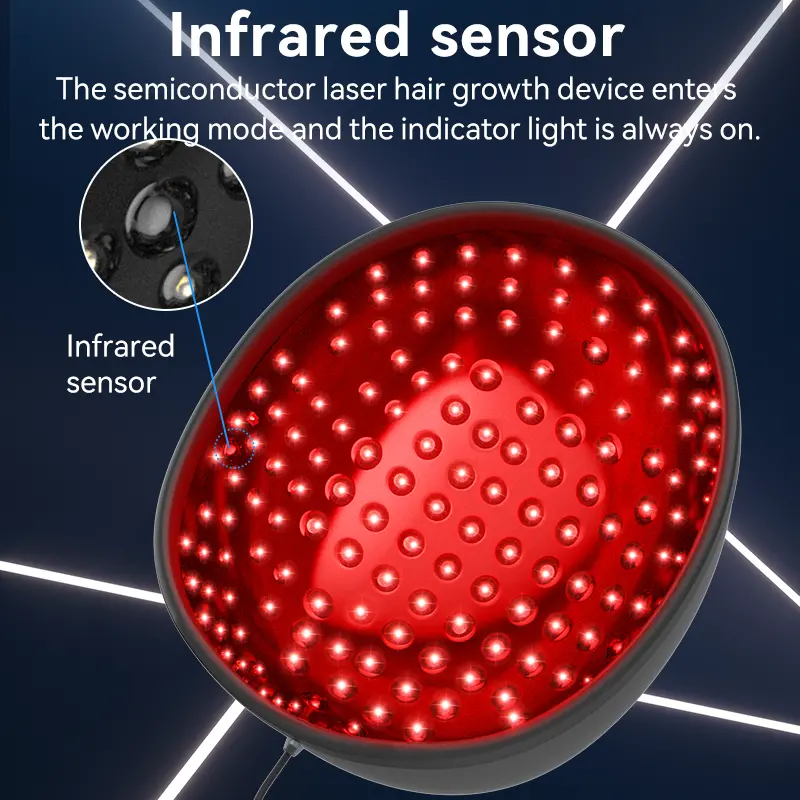
1. The Serendipitous Discovery
1.1 The Beginnings with Albert Einstein:
While Albert Einstein is often associated with the theory of relativity, his work also laid the groundwork for the development of laser technology. In 1917, Einstein published a paper on the theory of stimulated emission, the principle behind laser operation.
1.2 First Practical Laser by Theodore Maiman:
It wasn’t until 1960 that the first practical laser was built by Theodore Maiman at Hughes Research Laboratories. This ruby laser emitted a deep red light and marked the beginning of laser applications in various fields.
2. The Unexpected Hair Growth Observation
2.1 Dr. Endre Mester’s Accidental Discovery:
The therapeutic potential of LLLT was first discovered accidentally by Hungarian physician Dr. Endre Mester in 1967. Mester was experimenting with laser technology to determine its potential to treat cancer. During his experiments with mice, he observed that those treated with low-level lasers did not develop cancer as expected. Instead, these mice experienced faster wound healing and notable hair regrowth in shaved areas.
2.2 The Birth of LLLT:
Dr. Mester’s unexpected findings led him to further investigate the effects of low-level laser light on biological tissues. His pioneering work established the foundation for LLLT, demonstrating its potential to promote healing and regeneration without causing thermal damage.
3. Scientific Advancements and Mechanisms
3.1 Understanding the Mechanisms:
Over the following decades, researchers delved into the mechanisms underlying LLLT. It was discovered that low-level lasers could penetrate the skin and be absorbed by the mitochondria, the powerhouse of cells. This absorption increased the production of adenosine triphosphate (ATP), enhancing cellular metabolism and promoting repair and regeneration.
3.2 Cellular and Molecular Effects:
LLLT was found to trigger several cellular and molecular processes, including:
- Increased ATP Production: Boosts cellular energy, accelerating healing and tissue regeneration.
- Enhanced Blood Flow: Improves circulation, delivering more oxygen and nutrients to the treated areas.
- Anti-inflammatory Effects: Reduces inflammation, alleviating pain and swelling.
- Stimulation of Growth Factors: Promotes the release of growth factors, essential for cell proliferation and differentiation.
4. Clinical Applications and Approvals
4.1 Expanding Medical Applications:
The therapeutic potential of LLLT expanded beyond its initial use in dermatology and wound healing. Clinical studies demonstrated its efficacy in treating conditions such as chronic pain, arthritis, neuropathy, and musculoskeletal injuries.
4.2 Hair Regrowth and FDA Approval:
One of the most prominent applications of LLLT has been in the treatment of hair loss. Clinical trials showed significant improvements in hair density and thickness, leading to the development of various LLLT devices for home use. In 2007, the U.S. Food and Drug Administration (FDA) cleared the first LLLT device for the treatment of androgenetic alopecia (pattern hair loss) in men, followed by approval for women’s devices in subsequent years.
5. Current and Future Innovations
5.1 Advancements in Device Technology:
Modern LLLT devices are more advanced, user-friendly, and accessible than ever. They come in various forms, including combs, helmets, and caps, allowing for easy and convenient home treatments.
5.2 Ongoing Research and Potential Applications:
Research into LLLT continues to explore its potential in other medical fields, such as:
- Neurology: Investigating its role in treating neurological conditions like Alzheimer’s disease and stroke recovery.
- Dentistry: Utilizing LLLT for pain relief and tissue regeneration in dental procedures.
- Sports Medicine: Enhancing recovery and performance in athletes through tissue repair and pain management.
Conclusion
The development of Low-Level Laser Therapy (LLLT) is a testament to the power of scientific curiosity and the potential of serendipitous discoveries. From Dr. Endre Mester’s accidental observation to the sophisticated devices available today, LLLT has transformed into a versatile and effective treatment modality. Its journey underscores the importance of ongoing research and innovation, promising even more groundbreaking applications in the future. Whether for hair regrowth, pain management, or healing, LLLT continues to shine a light on new possibilities in medical science.



